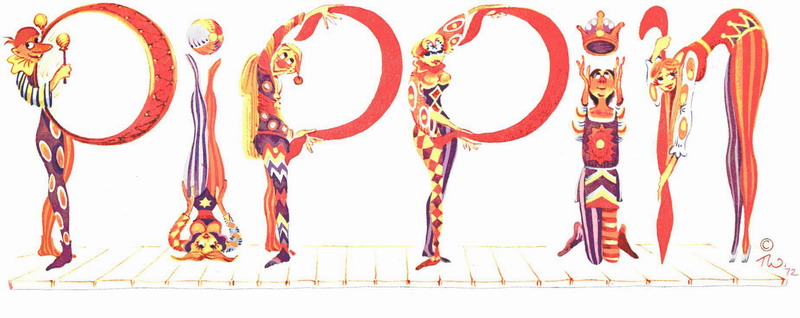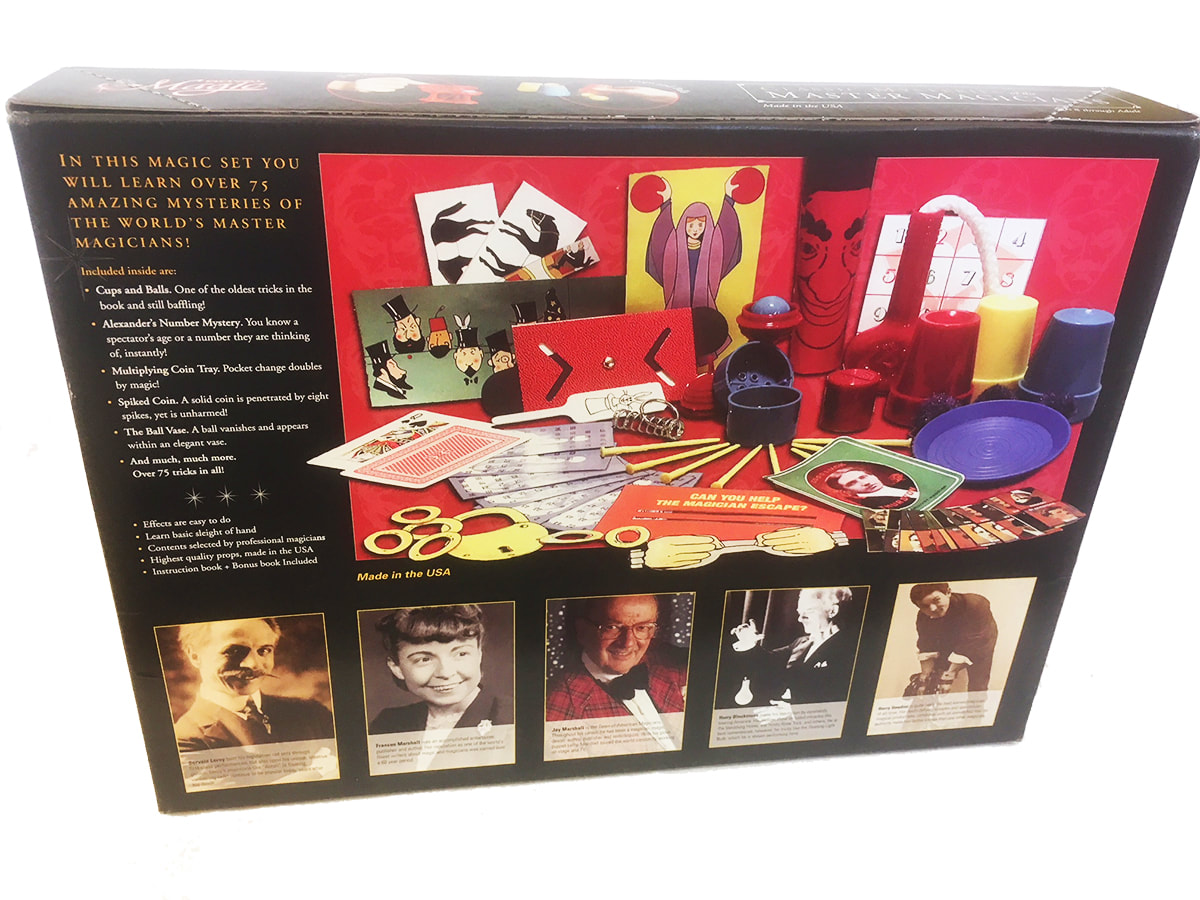


Further, assume that for every shuffle a completely new sequence of cards is created. Also, consider that each year is a leap year (366 days). Give one deck of cards to each person (it doesn't matter if the person is a newborn or elderly) and ask them to shuffle once per second for the next 14 billion years. Now imagine a parallel world with 10 billion people who all live forever. Also, as of right now, population of Earth is 7.5 billion people. According to the Big Bang theory, the whole Universe was created about 13.7 billion years ago. The chance of producing the order you have produced by your shuffling is therefore If we were to write this number out in full, it would have 68 digits. Hence the total number is:ĥ2 x 51 x 50 x 49. There are 52 possibilities for the first spot, 51 for the second (once the first spot is filled), and so on. There are 52 cards to fill in a sequence of 52 spots for cards. Pretty amazing, huh? How can we say this?įirst, consider the same technique we used to calculate how many three-card combinations there are. However, chances are that you are holding a never-ever-made sequence. Unfortunately, there is no way that you could guarantee the answer. Is it the first time ever in history that the cards are displayed in this exact order? Hold it in front of you and ask yourself: Take the deck of cards and shuffle it several times (how many times can be considered "several times"?). Now imagine you have a whole deck of cards. This gives a total of 52 x 51 x 50 possible three-card combinations, which means that the probability of picking one of them is The multiplication principle gives us the probabilities we are after because it counts how many possibilities there are: when picking three cards there are 52 possibilities for what the first one might be, 51 for what the second one might be, and 50 for what the third one might be. Similarly, the probability of correctly guessing three cards in a row, as in the video, is:ġ/52 x 1/51 x 1/50 = 1/132600 ≈ 000000.8. This is the multiplication principle: the probability of two independent events (guessing two cards correctly) is the product of the two individual probabilities. So guessing two cards correctly is a much more impressive trick. Hence, the probability of correctly guessing two cards in a row is: The probability of correctly guessing the second card is therefore 1/51. Then, after the first card has been picked, there are only 51 cards left for the second guess. What's the probability of guessing two cards correctly? The chance of guessing the first card correctly is 1/52, as we have just seen. The audience would be quite frustrated by the other attempts! That means that if a fake magician repeats the same guessing trick around 100 times, they would be expected to guess correctly only twice. So, if a magician were to simply guess what card you have picked, there would be a chance of only 1/52 they guess it correctly, or a little less than 2%. If you choose a card at random, there are 52 possibilities for what you might get. Picking cardsĪ deck of cards has 52 cards, divided into four suits, two red - hearts and diamonds - and two black – clubs and spades.

In this article we will do the basic calculations and we'll also show that whenever you shuffle a deck of cards you make history: chances are you produce an order of cards that has never ever occurred before in the whole, long history of the Universe. The answer is most probably not, as the probabilities are vanishingly small. Why are we surprised when a magician correctly guesses cards picked from a deck, as in the trick shown in the video? Is it really that difficult to perform such a trick, or could it just be down to chance?


 0 kommentar(er)
0 kommentar(er)
